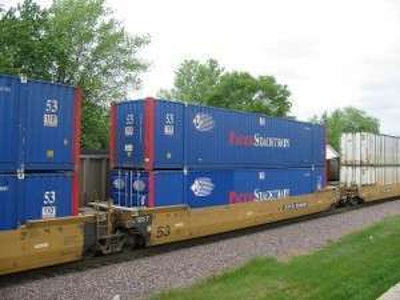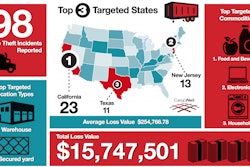

One challenge is getting containers into the country from factories in China where most are being produced. One alternative to paying for the transportation of empty containers is to use an online marketplace to find transporters who will rent empty containers for their own one-way freight movements.
Companies can use the same online marketplace to find empty containers in locations where they may not have equipment of their own. As an example, a freight forwarder in the United States could rent an empty container in China and contract with an ocean transporter to move its freight-filled container from Shanghai to the Port of Los Angeles.
The online marketplace was created by the Boston Consulting Group (BCG) after its research found that about 30 percent of the 50 million containers that move around the globe are empty. BCG estimates that empty containers cost the global logistics industry between $15 billion and $20 billion annually.
In late 2015 the firm spun off the entity it created as xChange. Today the platform is used by more than 200 companies that include large ocean shipping companies of Seaco, Yang Ming, and CMA CGM for matching excess supply with excess capacity for one-way container moves.
“Some of our customers only supply containers, some only use containers, and some do both,” says Florian Frese, director of marketing at xChange, which has headquarters in Hamburg, Germany.
To use xChange, a trucking company, freight forwarder or other participant would begin with a search function that finds potential matches based on pick up and drop off locations of the container. Next, the user would select the equipment type and count, he explains.
Search results would show offers from suitable partners in the xChange database of 230,000 containers and 2,500 worldwide locations, he says. Users would then click on the offer to request specific terms such as per diem fee, damage protection plans and potential charges or credits for pick up. The two participants can then negotiate final terms via a chat function.
The xChange marketplace requires all participants to sign a Multiparty Interchange Agreement. This is necessary to engage in the marketplace without friction, he says. “They only have to negotiate on deal-specific terms, not on general conditions.”
As the transaction proceeds, users can split ocean freight booking from the container itself and receive automatic electronic tracking updates and finalize payment or receipt of funds through the data integrations (EDI, web services, etc.) it has with participants’ information systems.
Using the platform requires a membership subscription, Frese says, with no transaction fees.












